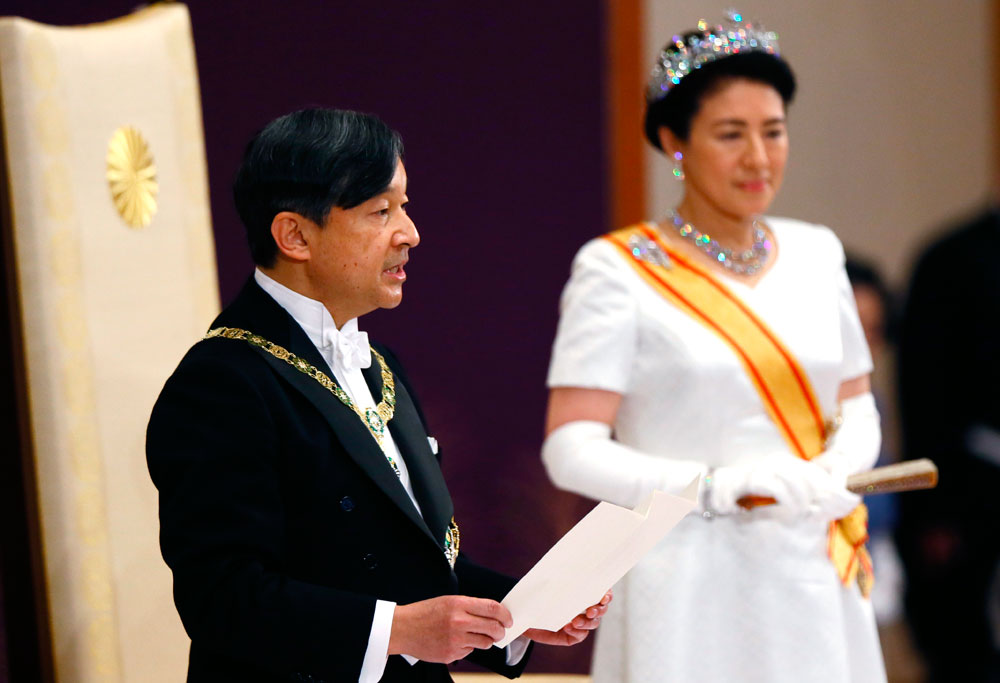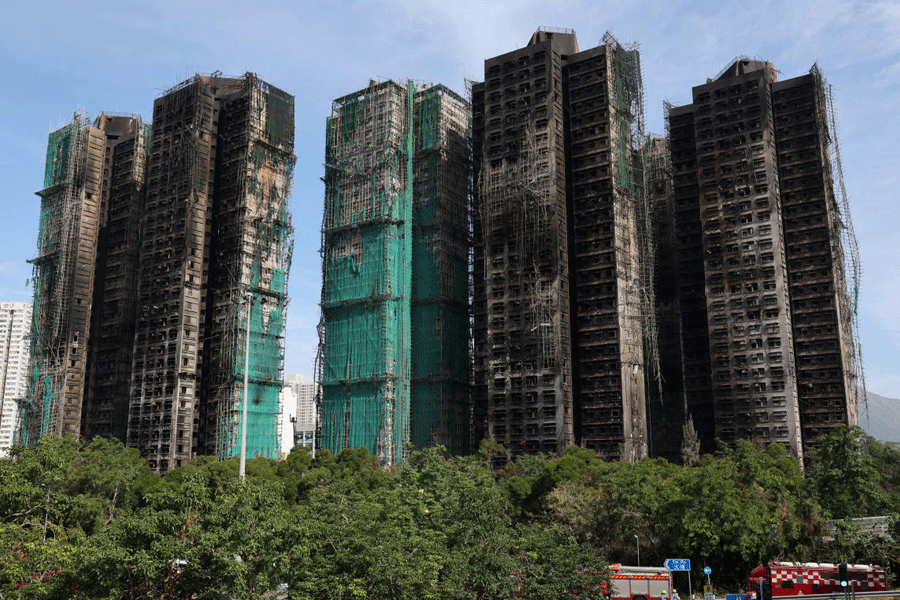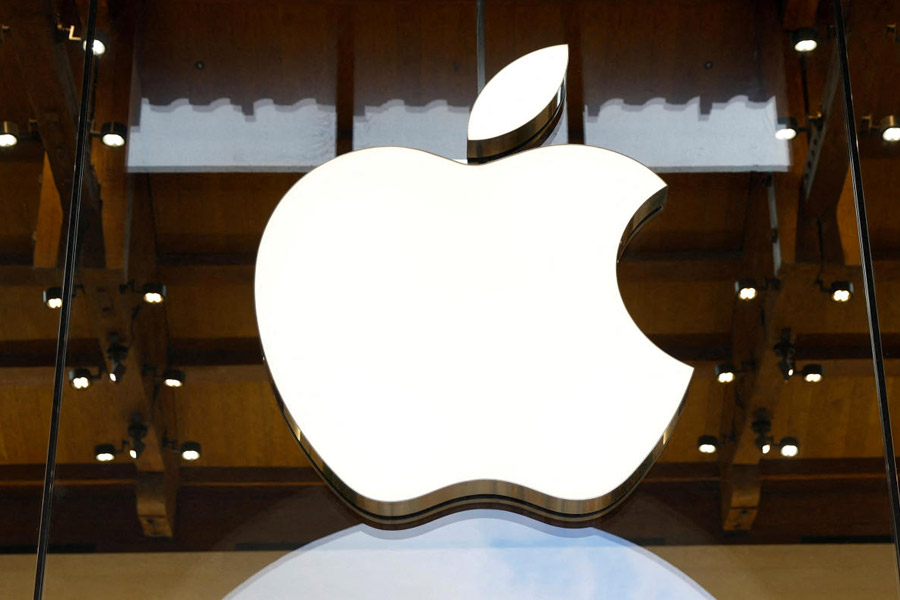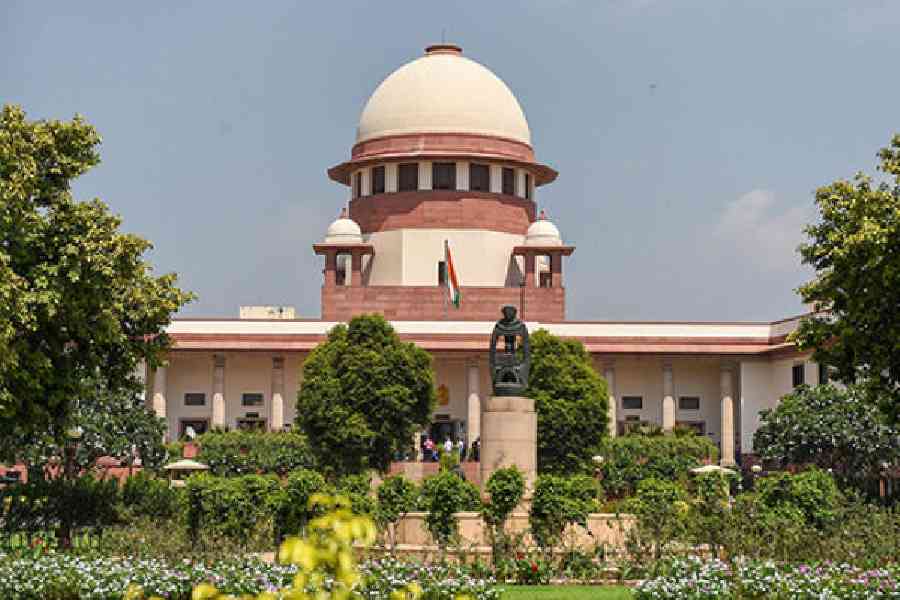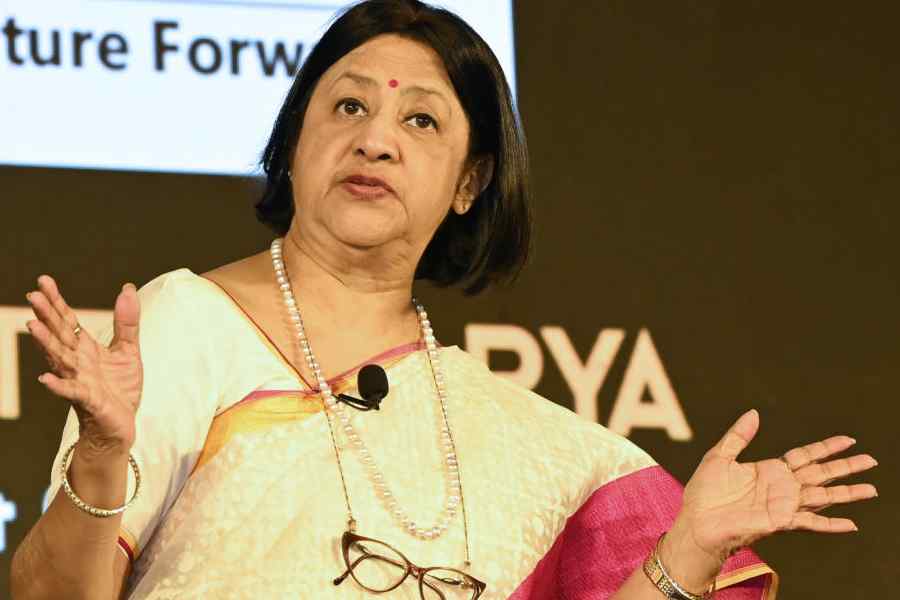Not for nothing was Japan called the Britain of the East. Emperor Hirohito’s phlegmatic “The war situation has developed not necessarily to Japan’s advantage” broadcast on August 15, 1945 famously improved on British understatement.
His son, who abdicated the Chrysanthemum Throne earlier this week, could be similarly oblique. It is said that the emperor is one person in Japan without any human rights. But the Heisei emperor (formerly Emperor Akihito) conveyed his profound concern for others’ rights, which had been trampled on during World War II, with penitential pilgrimages to Okinawa with its bitter memories of fighting the Americans and certain Pacific battlefields that had suffered greatly. The new Emperor Reiwa also beamed a message when he went to Bhutan from India in 1987 as Prince Naruhito. The small, landlocked and secluded Druk kingdom was almost entirely dependent on India then. It didn’t have a high profile but had recently asserted itself internationally by starting bilateral talks with China on an undemarcated but disputed 470-kilometre border which exploded in the Doklam crisis of 2017. The engagement Prince Naruhito initiated led to a lively increase in tourism, economic cooperation and high-level exchanges, as well as an implicit strategic partnership between two countries facing problems with China.
The prince must have met the adventurous Keiji Nishioka, a Japanese agriculturist who settled down in Bhutan in 1964, set up the Bondey farm near Paro and died in Thimphu in 1992. Nishioka’s “chrysanthemum civilization” theory — which he explained by invoking a flower whose heart was in Japan while its petals reached out to many lands — cannot have been popular with China. One petal, Nishioka was fond of saying, curled along the Himalayas to Bhutan.
New Delhi was the recipient of another of Japan’s coded signals when 23 years passed without a Japanese prime minister setting foot in India. It was a reminder to attend to growth. Two successive incumbents (Nobusuke Kishi and Hayato Ikeda) paid visits in 1957 and 1960, each within three months of taking over. That was the dawn of promise when India was Japan’s single biggest supplier of iron ore and cotton and the first developing country considered worthy of economic assistance. By 1980, India’s share of Japanese imports of iron had dropped from 30 per cent to 13 per cent, while cotton purchases from India decreased by 50 per cent. Tokyo found it simpler to develop iron ore mines in Australia than cope with India’s complicated, time-consuming procedures and suspicion that foreign corporations and capitalist economies were out to exploit Indians.
The next Japanese prime minister to arrive was Yasuhiro Nakasone in May 1984. Then, as India began tentatively to respond to altered conditions, Toshiki Kaifu visited in the spring of 1990, almost presciently on the eve of P.V. Narasimha Rao’s reforms. The first two visits in quick succession, the long interval, and then the shorter gap of six years, provided a thermometer of India’s economic health.
A stagnant India whose per capita gross national product was less than one-tenth of South Korea’s offered little scope for Japan’s vigorous economic diplomacy. Neither did non-alignment and India’s pro-Soviet stance after the 1971 appeal to Tokyo’s pragmatism. The coolness was evident when Japan resisted Indian membership of the Asia-Pacific Economic Cooperation forum. Asked for a reason, a senior diplomat in Tokyo laughed that the Japanese didn’t think a country truly Asian if it hadn’t been part of the wartime Greater East Asia Co-prosperity Sphere. In reality, a forum to promote free trade made little sense for a country that invoked the sacred cows of import substitution, self-sufficiency and conservation of foreign exchange to erect barriers against the world. Disapproval of Western consumerism sanctified isolation when even a passport was a prized possession, issued only for special reasons and then, too, after a long and often humiliating inquisition.
India’s share of global trade dwindled from 2.4 per cent in 1948 to 0.41 per cent in 1981. South Asia’s share of Japan’s total imports dropped from 3.2 per cent to 0.9 per cent between the 1960s and 1980s as Japan effectively withdrew from the region. At the same time, the monument to Radhabinod Pal — in the controversial Yasukuni Shrine at that — sent another message. Like Barkis, Japan was not only willin’ but waiting to pick up the threads that had been dangling since a consulate-general was opened in Calcutta in 1907 and Jamsetjee Tata’s meeting with Eiichi Shibusawa, “the father of Japanese capitalism”, led to the Nippon Yusen’s regular sailings between Calcutta and Kobe that effectively broke the Western monopoly of shipping.
I hesitate to mention Tenshin Okakura’s search for Swami Vivekananda and his later exchanges with Rabindranath Tagore in this context just as I am doubtful if the Hindu divinities in Japan’s Buddhist pantheon, described by Dwijendra Nath Bakshi, have much bearing on India-Japan relations. This is not to minimize the significance of culture for the Japanese but to suggest a well-considered order of priorities. The 114-member delegation of the prime minister, Yoshiro Mori, including 14 senior officials, 41 special invitees, mostly business people, and 59 journalists, which landed in Bangalore in August 2000 was more to the point. It came hard on the heels of a Japanese foreign ministry document stressing that India is “now at the core of Asian growth drive along with Japan, China, and ASEAN”. India’s democracy, vibrant market economy, high growth rate, food self-sufficiency and strategic position astride Japan’s oil lifeline were cited as being of vital interest to the Japanese. Without that reappraisal, a high-flying Japanese ambassador like Yasukuni Enoki may not have set the diplomatic dovecotes a-flutter with talk of Japan-India-China talks. Nor would Shinzo Abe have started alarm bells ringing in Beijing by including India in his proposed Quadrilateral Security Dialogue with the United States of America and Australia.
The wheel has been turning since 2005 with a first imperial visit in 2013 and regular annual prime ministerial meetings between two governments that value their strategic partnership. There’s sometimes an element of childish one-upmanship in this, with Narendra Modi “upgrading” in 2014 to “Special Strategic and Global Partnership” the “Global and Strategic Partnership” that was established when Manmohan Singh visited Japan eight years earlier. Abe, who played host to both Indian leaders, must have been amused.
Whatever the nomenclature, the rationale is unchanged: trade and investment shape political interest. While Japan’s foreign direct investment in China went up from $9,534 million in 2016 to $10,755 million last year, India’s share rose from $3,218 million to $4,252 million. Japanese exports to and imports from China were $143,921 million and $748,109 million. The respective Japan-India figures are $11,009 million and $5,499 million. The huge differences are not surprising, given the long history of Sino-Japanese interaction, China’s spectacular surge, India’s still poor infrastructure, and the National Democratic Alliance’s unfulfilled promises of 2014. However, even India’s feeble export and import figures indicate a hopeful break with the classic developing-developed economies pattern that is characteristic of Sino-Indian trade. Instead of only selling raw material in bulk, many of the 1,441 Japanese companies and 5,102 Japanese business establishments here manufacture for Indian consumers, the Japanese market and export to third countries.
General Douglas MacArthur observed of the Showa Emperor, “He was an Emperor by inherent birth, but in that instant (when Hirohito courted death by claiming sole responsibility for the war) I knew I faced the First Gentleman of Japan in his own right.” As Asians, we can share the pride Emperor Hirohito’s son and grandson must take in that tribute. Japan’s silent strength is also a reminder to India’s boastful leaders that rising unemployment and falling incomes make a mockery of their superpower delusions. A resurgent India might inspire Emperor Naruhito to revisit the country he last saw 32 years ago. Another even longer boycott lies ahead if the economy continues to languish.

